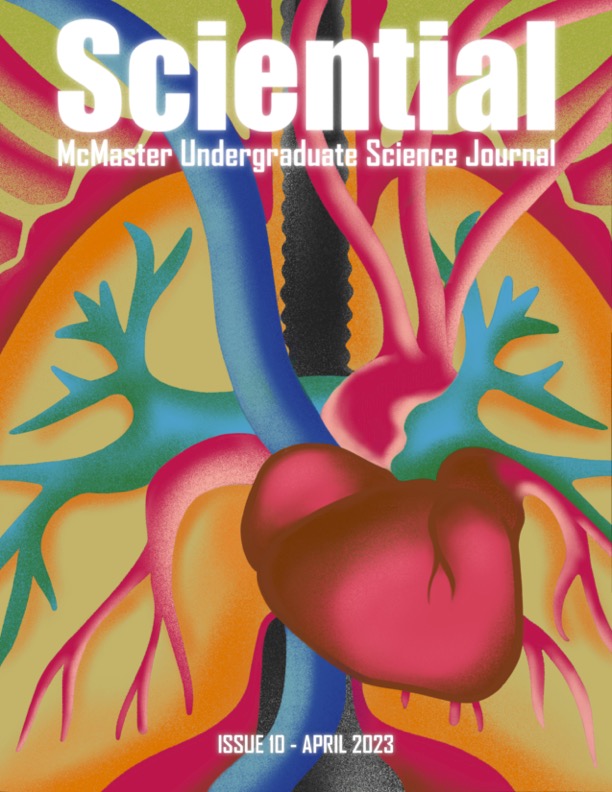Efficacy of Scalp Cooling in the Prevention of Chemotherapy Induced Alopecia Among Breast Cancer Patients
DOI:
https://doi.org/10.15173/sciential.v1i10.3356Keywords:
Scalp cooling, Alopecia, Hair loss, Chemotherapy, Quality of lifeAbstract
Alopecia refers to hair loss, which is a common side-effect of chemotherapy regimens for cancer. Anthracyclines and taxanes are the common anticancer drugs prescribed within chemotherapy that result in significant alopecia. Scalp cooling is identified to be an effective method that prevents chemotherapy-induced alopecia (CIA) in patients. This method has been present since 1974; however, novel technologies have enhanced the efficacy via modern scalp-cooling devices. By maintaining a low scalp temperature, vasoconstriction aids in the reduced absorption of anticancer drugs into the bloodstream, which reduces intrafollicular metabolism. Randomized controlled trials conducted recently found statistically significant results, evidencing the hair preservation and hair regrowth abilities yielded via scalp cooling. These results attracted the attention of researchers due to the treatment success and the patient safety aspect of the process. Extensive scientific research reveals that alopecia affects the perceptions of patients regarding their body image and lowers their self-esteem significantly. Furthermore, the quality of life of alopecia patients is reduced due to public stigmatization. The effectiveness of scalp cooling in preventing CIA is of high significance as it can help improve patient outcomes of patients undergoing chemotherapy and their mental well-being.
Downloads
Published
How to Cite
Issue
Section
License
Copyright (c) 2023 Sciential - McMaster Undergraduate Science Journal

This work is licensed under a Creative Commons Attribution-NonCommercial-ShareAlike 4.0 International License.
Authors submitting to the journal must adhere to the terms of Attribution-ShareAlike 4.0 International (CC BY-SA 4.0) license as outlined below:
1. You are free to share (copy and redistribute) any material from this journal, granted you have given appropriate credit, provided the link to the license, and indicated whether changes were applied to original work.
2. You are free to adapt (remix, transform, and build upon) any material from this journal, granted you distribute your work under the same license.



